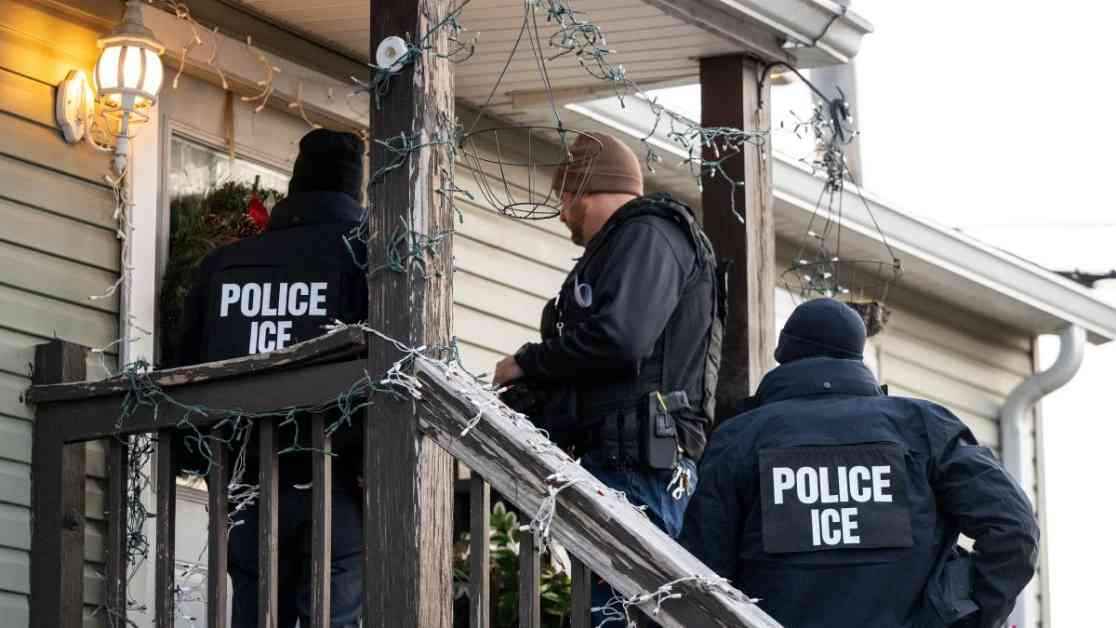President Donald Trump is facing mounting frustration over the low deportation rates of undocumented immigrants. Immigration and Customs Enforcement (ICE) agents are under pressure to increase arrests and deportations, with the President expressing disappointment in the number of people deported during the initial weeks of his administration.
“It’s driving him nuts they’re not deporting more people,” said a source familiar with Trump’s sentiments. According to White House spokesperson Kush Desai, the Trump administration aims to enforce immigration laws rigorously and prioritize the safety of Americans by swiftly deporting violent, predatory, and gang-affiliated criminal illegal aliens.
ICE Acting Director Thomas Homan is reportedly dissatisfied with the current arrest and deportation figures. In daily conference calls with ICE agents, Homan has voiced his frustration over the low numbers of deportations, signaling a push for increased enforcement efforts.
Setting Quotas and Challenges at ICE
Meanwhile, at ICE, Acting Director Ronald Vitello instructed agents to target a daily quota of 1,200-1,400 arrests. Despite this directive, the agency has struggled to meet these targets consistently. The highest single-day total of arrests since Trump’s inauguration stood at 1,100, with numbers declining in subsequent days.
Recent figures indicate that arrests on a given day can vary significantly. While arrests exceeded 800 on a Tuesday, they plummeted to around 300 over a weekend. To achieve Trump’s ambitious goal of “millions and millions” of deportations, over 2,700 immigrants would need to be deported daily to reach one million within a year.
However, the reality of arrests does not always translate to immediate detentions or deportations. Out of over 8,000 immigrants arrested in the first two weeks of the Trump administration, a White House report highlighted that only a fraction were detained, with some individuals eventually released.
Public Backlash and Demonstrations
In response to President Trump’s immigration policies and deportation practices, numerous protests have erupted across the country. From Chicago to Phoenix, thousands of demonstrators have taken to the streets to voice their opposition to the administration’s approach to immigration enforcement.
The public outcry underscores the divisive nature of the immigration debate in the United States, with advocates and critics expressing strong views on the issue. As the Trump administration grapples with internal challenges at ICE and external pressure from protestors, the fate of immigration policies remains uncertain.
In a time of heightened tensions and conflicting priorities, the administration faces the complex task of balancing enforcement with compassion, security with inclusivity. The evolving landscape of immigration enforcement reflects broader societal concerns and political divisions, shaping the narrative of the nation’s approach to immigration in the modern era.


